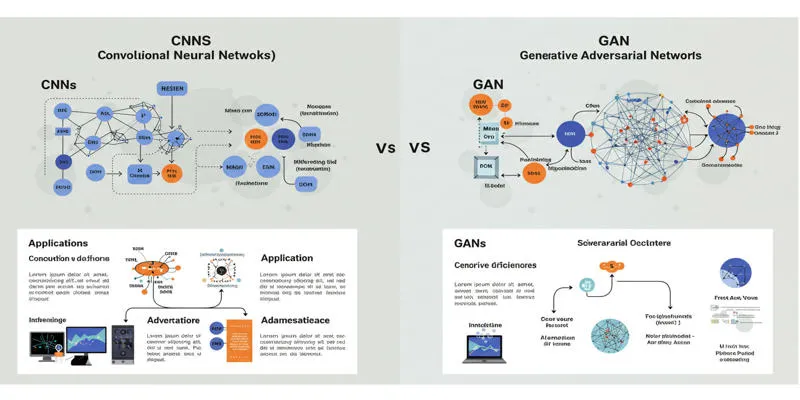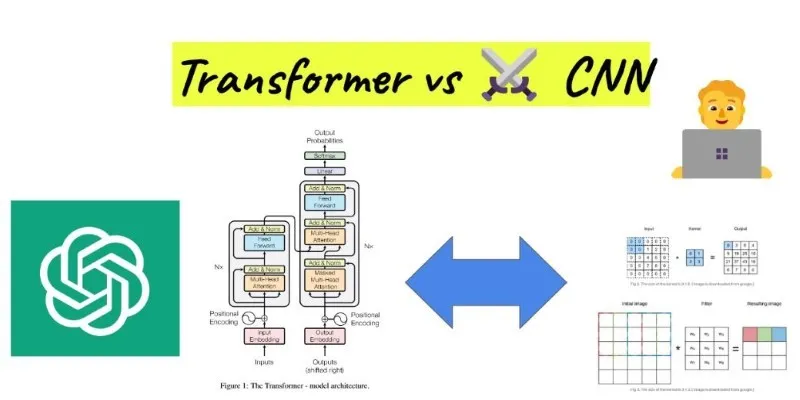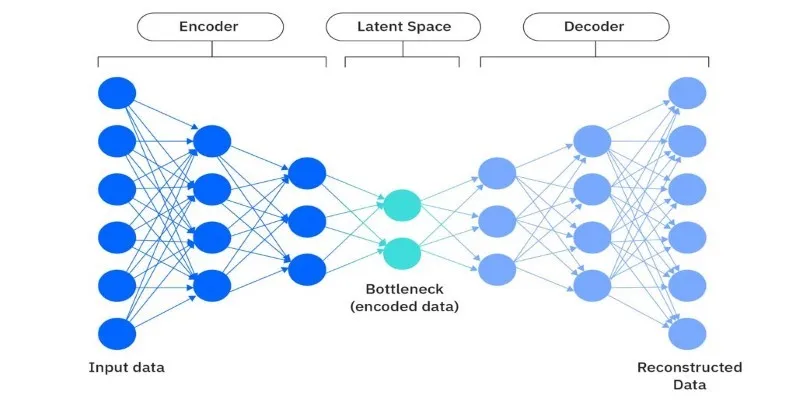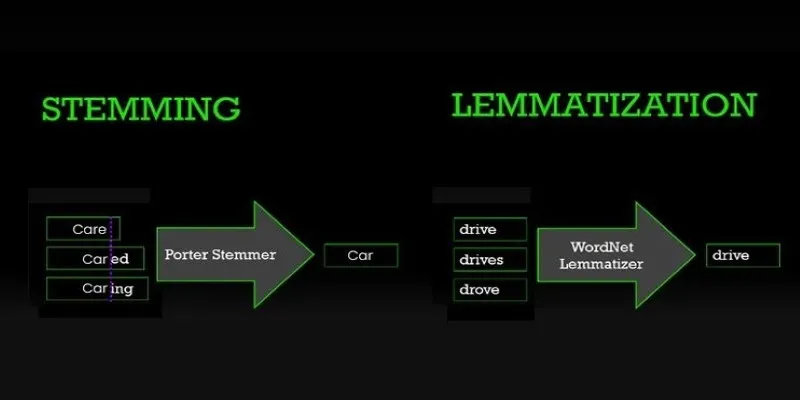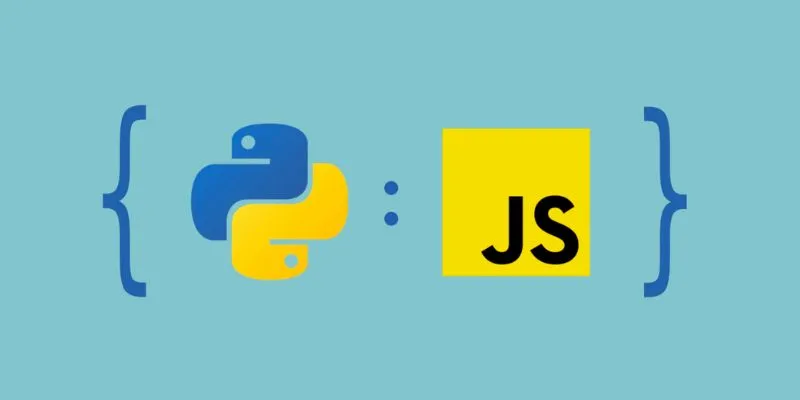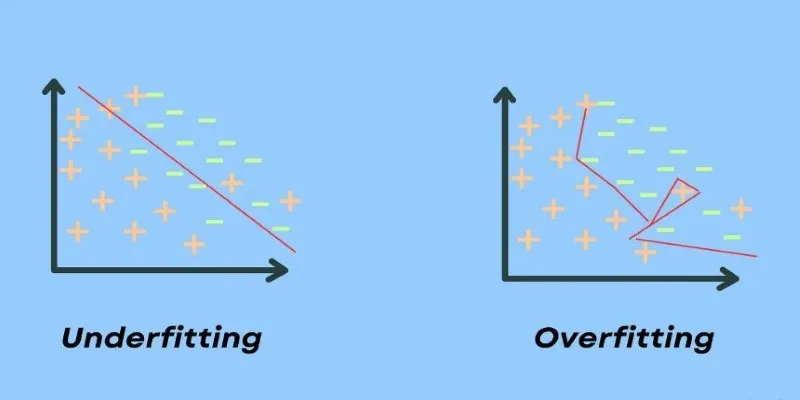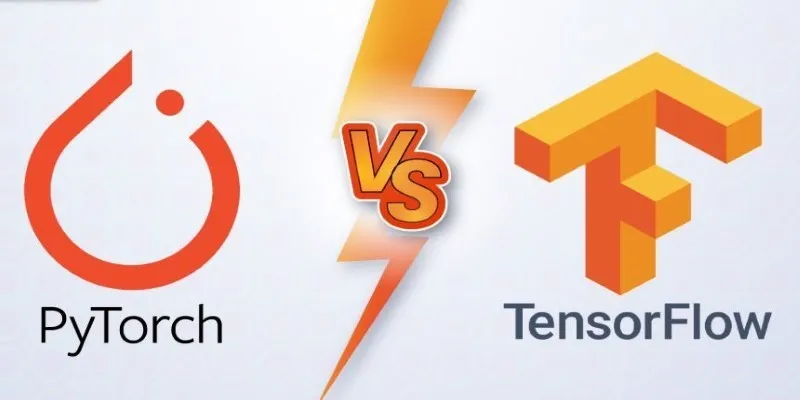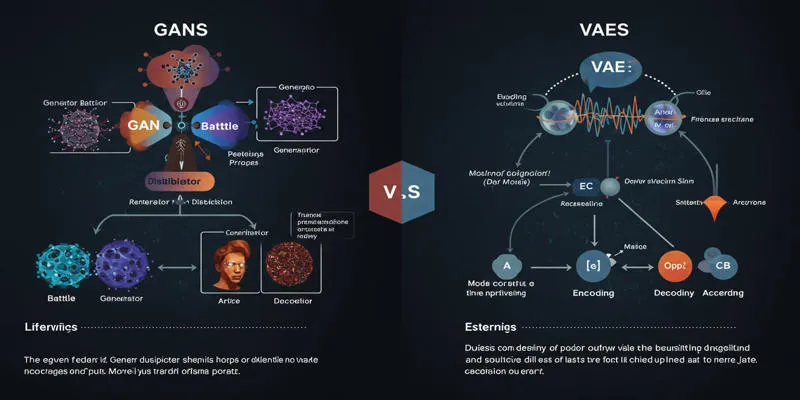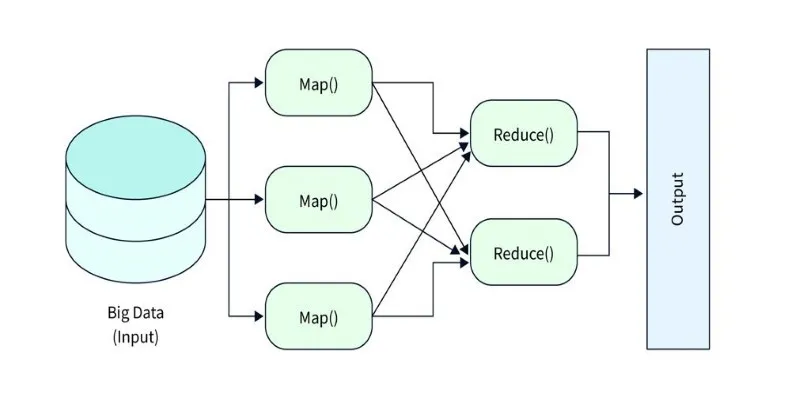Artificial intelligence has revolutionized creativity with cutting-edge models that can generate images, music, and even human-like text. Among these innovations, Variational Autoencoders (VAEs) and Generative Adversarial Networks (GANs) are two of the most powerful tools in deep learning. Although both are generative models, they operate differently, affecting their applications and outputs. This article delves into how AI creates with VAEs and GANs, offering a clearer understanding of their differences and uses.
Understanding VAEs and GANs
Gaining insights into the workings of VAEs and GANs is crucial for selecting the right model for specific AI applications.
Variational Autoencoders (VAEs)
Variational Autoencoders (VAEs) are deep learning models that compress data into lower-dimensional latent representations and then reconstruct it, allowing for slight variations. Unlike traditional models that memorize raw facts, VAEs use probabilistic inference to approximate input data distributions. This capability makes VAEs suitable for generating controlled and structured data variations.
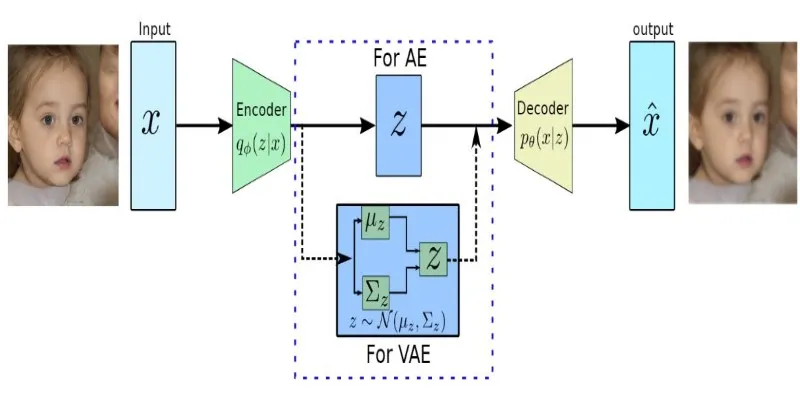
A VAE consists of an encoder and a decoder. The encoder transforms input data into a latent space representation, with each point corresponding to a potential variation of the input. The decoder extracts data from this compressed state, ensuring that outputs are meaningful variations rather than mere copies of the training data. VAEs introduce randomness into the latent space, enabling the production of smooth, diverse, and interpretable outputs.
Generative Adversarial Networks (GANs)
Generative Adversarial Networks (GANs) operate on the principle of competition between two neural networks: the generator and the discriminator. The generator creates synthetic data samples, while the discriminator evaluates whether a sample is real or fake. This adversarial process continues until the generator produces outputs indistinguishable from real data.
GANs excel in creating high-quality, realistic images. Their training involves an ongoing battle between the generator and discriminator, leading to continuous improvement. Unlike VAEs, GANs do not depend on probabilistic distributions, resulting in sharper and more detailed outputs. However, this also means GANs lack the structured latent space of VAEs, making them more challenging to control in certain applications.
Key Differences Between VAEs and GANs
While both VAEs and GANs are generative models, they differ significantly in data creation, refinement, and optimization processes.
Data Generation Approach
VAEs and GANs differ greatly in their data generation methods. VAEs employ a structured, probabilistic approach to model distributions, enabling controlled and interpretable variations. In contrast, GANs utilize an adversarial training system where two neural networks compete to enhance data realism. This difference influences the quality, realism, and control over generated content.
Output Quality and Realism
GANs typically produce sharper and more visually realistic images than VAEs. The adversarial nature of GAN training compels the generator to continuously refine its outputs, resulting in data that closely resembles real-world samples. However, GANs may suffer from mode collapse, generating only a limited range of variations.
VAEs, on the other hand, generate more structured and interpretable data. Their reliance on latent space distributions ensures predictable variations, making them ideal for applications like 3D object modeling, speech synthesis, and text generation, where smooth transitions between generated samples are essential.
Training Complexity
GANs present challenges in optimization due to the delicate balance required between the generator and discriminator. An imbalance can lead to training instability and increased computational demands.
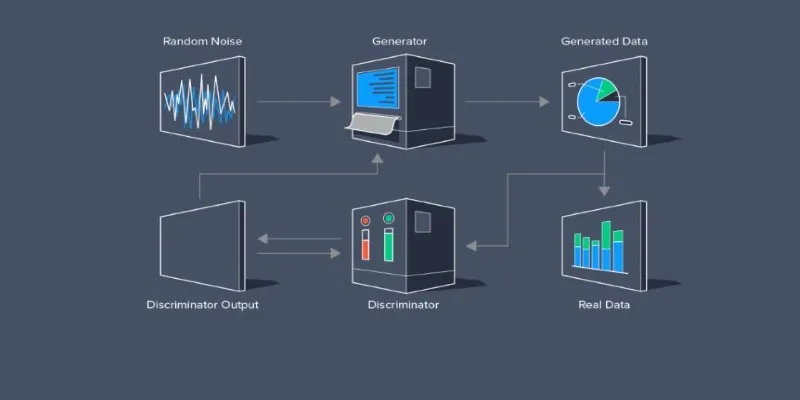
VAEs, by comparison, have a more stable and straightforward training process. They minimize a clearly defined loss function, making optimization easier and more predictable than GANs’ adversarial setup. As a result, VAEs are often preferred for applications that require structured, controlled generation rather than ultra-realistic outputs.
Real-World Applications of VAEs and GANs
Both VAEs and GANs have diverse applications across industries, each excelling in different areas.
GANs are widely used in image generation to create ultra-realistic images, powering applications like deepfake technology, AI-generated portraits, and art creation. Companies such as NVIDIA have utilized GANs for AI-driven image enhancement and video frame interpolation tools.
VAEs, due to their structured nature, are commonly employed in data compression and interpolation. They help reduce noise in images and videos while preserving essential details. In the medical field, VAEs are used for MRI and CT scan analysis to generate realistic yet controlled variations of medical images, aiding diagnosis and research.
In text generation, GANs contribute to natural language processing by creating realistic AI-generated stories, while VAEs support controlled text synthesis and machine translation. By mapping text into an interpretable latent space, VAEs facilitate language models with specific constraints.
In the gaming industry, GANs generate high-resolution textures and realistic character models, while VAEs assist in level design and procedural content generation, ensuring smooth transitions between different game environments.
Conclusion
VAEs and GANs are two powerful generative models with unique strengths. VAEs provide structured, controlled data generation, making them ideal for applications requiring smooth variations. GANs, conversely, produce highly realistic outputs through adversarial training, excelling in image generation and creative AI tasks. While GANs yield sharper images, they necessitate complex tuning, whereas VAEs are easier to train and interpret. Choosing between them depends on the need for realism versus control. As AI evolves, hybrid models are emerging, blending the best of both. Understanding these differences is crucial for selecting the right model for specific applications.
 zfn9
zfn9
